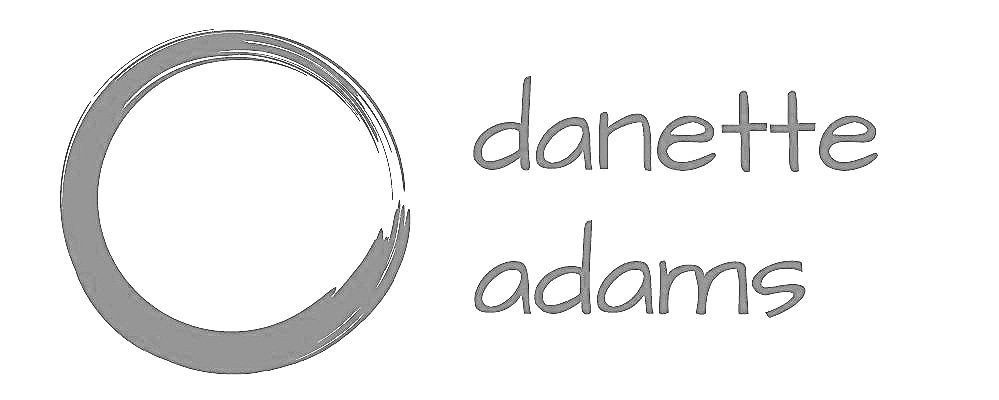mind clutter
Somewhere along the bumpy evolutionary path, we have became chronic over-consumers and collectors. It is absolutely no surprise then that ‘clutter happens’. And more clutter means more to manage.
Now as the cooler days and crisper nights have us now reaching for sweaters, socks and fleece blankets, ’tis the season to pack up and put away the collected odds and sods of summer living. And even though we’ll miss the carefree feeling of sun-dresses and flip-flops, there is something so refreshing about marking the change of seasons with a ritual of storing away the old and bringing out new-to-this-year items that have been tucked away for a season or three.
We have methods of organizing summer clutter, but what about the mind clutter?
When do we get around to gathering and clearing the cognitive dust-bunnies that can leave us feeling confused, tired and overwhelmed?

You may have mind clutter if you:
-
- have a deep yearning for simplicity and fewer competing priorities
- keep forgetting or losing commonplace things daily
- find yourself overly-fixated on insignificant issues
- are more impatient than usual and are chronically irritated
- are noticing inconsistent self-care and sleep patterns
Mind clutter can be as distracting and easily as much of a hindrance to our daily functioning as can physical clutter. But how do we deal with what we can’t see?
Minimize
When I’m tackling a closet or a basement, I tend to make three piles: “Keep”, “Toss” and “Recycle”. I’ve also found that that same categories come in handy when dealing with a barrage of thoughts and mental preoccupations.
Keep: When held up to the light of reason and experience, is this repeated thought or worry worth keeping around? If it has some value but I don’t have time to sit with it in the moment, it gets written down to be given intentional attention later.
Toss: If the thought is encased in black and white thinking, distortion, generalization or comes from a place of fear, then it is tossed.
Recycle: What have I learned from this current fixation or line of thinking? What life pattern and underlying belief is feeding this fixation? Can I share what I’ve learned with a friend, a colleague or write about it in a blog?
Manage
Once the clutter is reduced, it is time to create a management system for what is left. For a moment, think of your mind as a toddler, full of Energizer-bunny exuberance, ideas and untamed curiosity. Then remember that the very same toddler is also impulsive, egocentric and clearly not a pillar of self-discipline.
In the case of an actual toddler, you have compassion for the developmental traits that are expected as a toddler but not quite so acceptable as an adult. And, as the adult in a relationship with the toddler, you’d lovingly, compassionately guide the child towards towards a growing attention, focus, a consideration of outcomes and other general self-regulation tools. You’d also know that growth in these areas would not happen overnight and would be a process with a time-line differing for each person. You would lovingly and with an eye on the long haul, train the child for the long term outcome.
Why wouldn’t your mind need the same kind of compassionate training? Like a child, your mind impulsively collects distracting worries, pleasures, needs, fears, opportunities and decisions to be made like a toddler picks up rocks, sticks and frogs. Meditation is an effective mind training/ management system to deal with mental clutter.
Meditate
Despite it being an endless well of depth to be explored, in its most basic form, meditation is simply sitting with what is. It is not trying to stop the thinking process, nor is it a chance to pronounce judgement on thoughts that will naturally arise in moments of quiet and it is definitely not sitting to create more peace or balance or hope.
It is simply sitting with your rambunctious toddler-mind and warmly inviting its focus back to the breath every time it wanders off to follow something shiny and interesting. That’s it. Sit. Breathe. Bring focus of the mind gently back to the breath. Inhale. Exhale. Sit. Breathe. Bring focus back to the breath. Inhale. Exhale.
Can’t you just feel the clutter fading with each focused breath?
Mind clutter is like having too much furniture in a dark room. When the lights are off, you cannot move around the room without stubbing your toe on something!
So turn on the lights with a few minutes of intentional minimizing and simple meditation each day and notice the incredible joy of “less is more”.


